Haydn’s Surprise Symphony
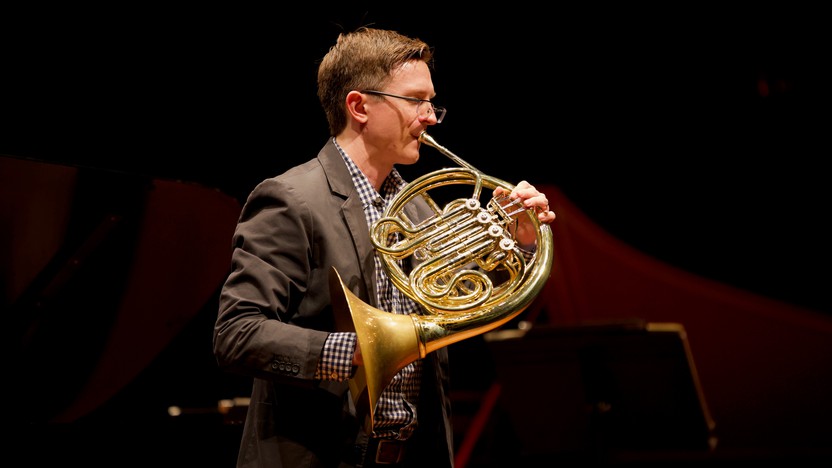

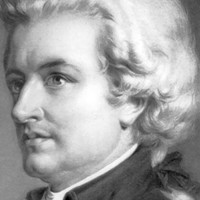
When Joseph Leutgeb, a longtime horn player in the Salzburg court orchestra, decided to leave for Vienna in 1777 to open a cheese shop, it was his old friend Leopold Mozart who lent him the money for the endeavor. In the next decade, when Leopold’s son Wolfgang also moved to Vienna and ran into financial trouble, Leutgeb returned the favor by commissioning a series of horn concertos. The one cataloged as the Horn Concerto No. 1 was actually the last of the four; Mozart was working on it before his final illness and death in 1791, and his student Franz Xaver Süssmayr ended up being the one to finish the Rondo finale.
Mozart clearly had a friendship with Leutgeb based on good-natured ribbing, judging from his dedication (in which he called the horn player a “donkey, ox and fool”) and a series of unprintably filthy taunts that he scrawled into the manuscript. Leutgeb was nearing the end of his playing career by this point, and Mozart did not overstretch him technically, but he did create a charming and tuneful showpiece that makes the most of the natural horn and its characteristic leaps.
Aaron Grad ©2024
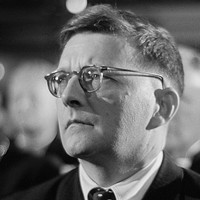
The fifteen full-scale string quartets that Dmitri Shostakovich composed, starting in 1938 and continuing to the end of his life, were the most significant contribution to the genre since Ludwig van Beethoven. Those all came after an earlier chapter of his career centered around big works for the stage, including the opera Lady Macbeth of the Mtsensk District that he worked on from 1930 to 1932 — a wild and provocative staging that ultimately led to Joseph Stalin rebuking Shostakovich in 1936, sending him onto the more inward, inscrutable path that produced so much immortal chamber music. During a single night in 1931, Shostakovich transcribed an excerpt from that opera as a muted Elegy for string quartet, and he also extracted a snippet from his 1930 ballet The Golden Age to round out these Two Pieces for String Quartet. The Polka’s “wrong” notes and rude interruptions give a sense of the mood of the ballet it came from, a comic farce about the mishaps a Soviet soccer team encounters during a visit to a Western city.
Aaron Grad ©2024
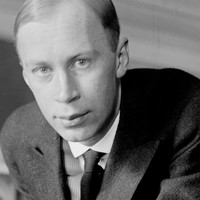
Sergei Prokofiev, like so many other Russian artists and intellectuals, left his homeland in the aftermath of the Bolshevik Revolution of 1917. With World War I raging to the west, he traveled east through Siberia, Tokyo and Honolulu before entering the United States in San Francisco. He struggled to restart his career in New York, fared no better in Germany, and eventually landed in Paris in 1923, where he made some inroads on the strengths of his spiky ballet scores.
In 1924, a choreographer and fellow Russian expatriate, Boris Romanov, commissioned a new ballet from Prokofiev for a touring troupe based in Germany. Romanov’s small company only traveled with a handful of musicians, so Prokofiev limited himself to a scoring of oboe, clarinet, violin, viola and double bass. From the beginning, his plan was to create two parallel versions of the music: one a ballet score, the other a concert work. The ballet debuted in 1925 under the title Trapeze, and a truncated version of the music premiered in 1927 in this quintet form.
Working in Paris — the epicenter of avant-garde music — Prokofiev felt pressure to keep up with the increasing adventurousness of his peers, and the Quintet incorporated some of his most experimental sounds to date. The opening movement presents an orderly theme and then elaborates it through two linked variations. To begin the Andante energico second movement, the bass takes a turn spelling out a thorny melody.
The third movement is a pulsing, scherzo-like escapade. The fourth movement, marked Adagio pesante (“slow and heavy”), limits all melodic activity to evenly spaced eighth notes, with support from faster viola arpeggios and irregular bass rhythms. Within the churning layers of the fifth movement, melodic echoes and breaks for pizzicato bass solos preserve the transparency. The Andantino that concludes the Quintet brings out more of the same: throbbing rhythms, fluid melodic lines, and a polished refinement that keeps this music easy on the ears, even with the liberal dashes of dissonance.
Aaron Grad ©2024
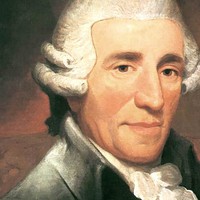
After Franz Joseph Haydn’s longtime patron Prince Nikolaus Esterházy died in 1790 and his successor disbanded the court orchestra, Haydn was left with a reduced salary and more freedom than he had enjoyed in decades. Seizing the opportunity, a German impresario active in London enticed Haydn to England with a generous contract for the 1791.92 season. Besides a busy schedule of socializing and teaching, Haydn prepared music for the spring concert season with Salomon’s 40-piece orchestra, which offered mixed programs of symphonies, concertos, arias and chamber music each Monday in London’s Hanover Square Rooms. Haydn ended up presenting six new symphonies on that trip and six more during a follow-up visit in 1794-95, capping his extraordinary lifetime of work in a genre that he, more than any other composer, shaped into its everlasting form.
London audiences liked their music as splashy and colorful as possible, and Haydn responded by stuffing his “London” symphonies with extra drama and many notable, nickname-worthy effects. None is more memorable than the “Surprise” that gives the Symphony No. 94 its name, but even before that signature passage in the Andante, this symphony starts building anticipation with a noble introduction and an arrival at the fast body of the first movement that deceptively masks the home key for a moment before landing on it hard with the full orchestra at a forte dynamic. That surprise, though, is only a warm-up; you can’t miss the real punch line in the second movement, which somehow never seems to lose its impact, even for listeners who are in on the joke.
In the Minuet and Trio, passages of sophisticated counterpoint and unexpected phrasing keep this hearty dance music on its toes. The finale uses one of Haydn’s favorite tricks of starting a movement at a whispered piano dynamic to set up a big arrival, and this example draws out the suspense longer than most, waiting until the 38th measure before the gratifying wallop of a forte downbeat played by the entire orchestra.
Aaron Grad ©2024
Get driving directions and find nearby parking.
Find dining options close to the venue.
View seating charts to find out where you'll be seating.
Get driving directions and find nearby parking.
Find dining options close to the venue.
View seating charts to find out where you'll be seating.
